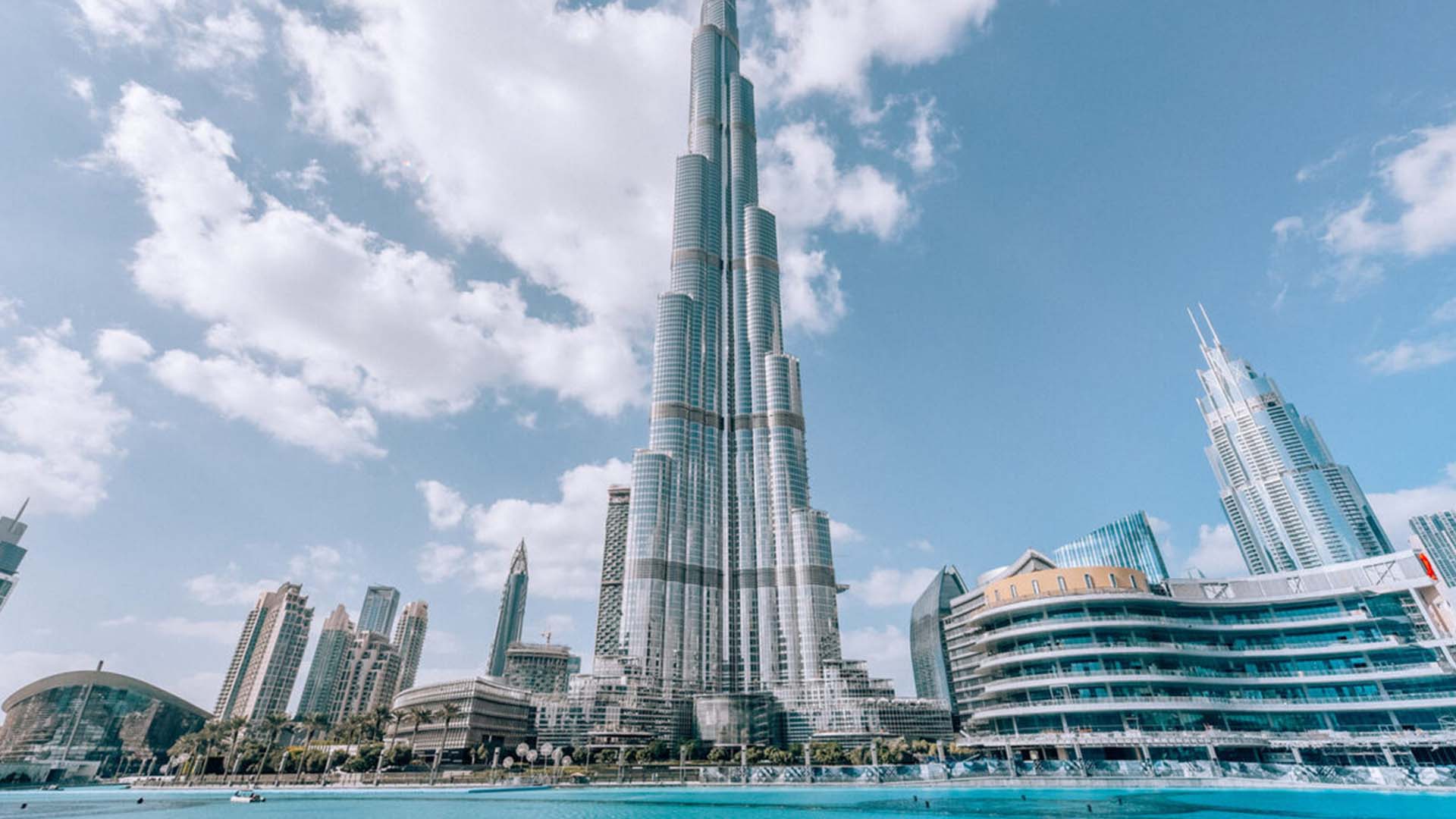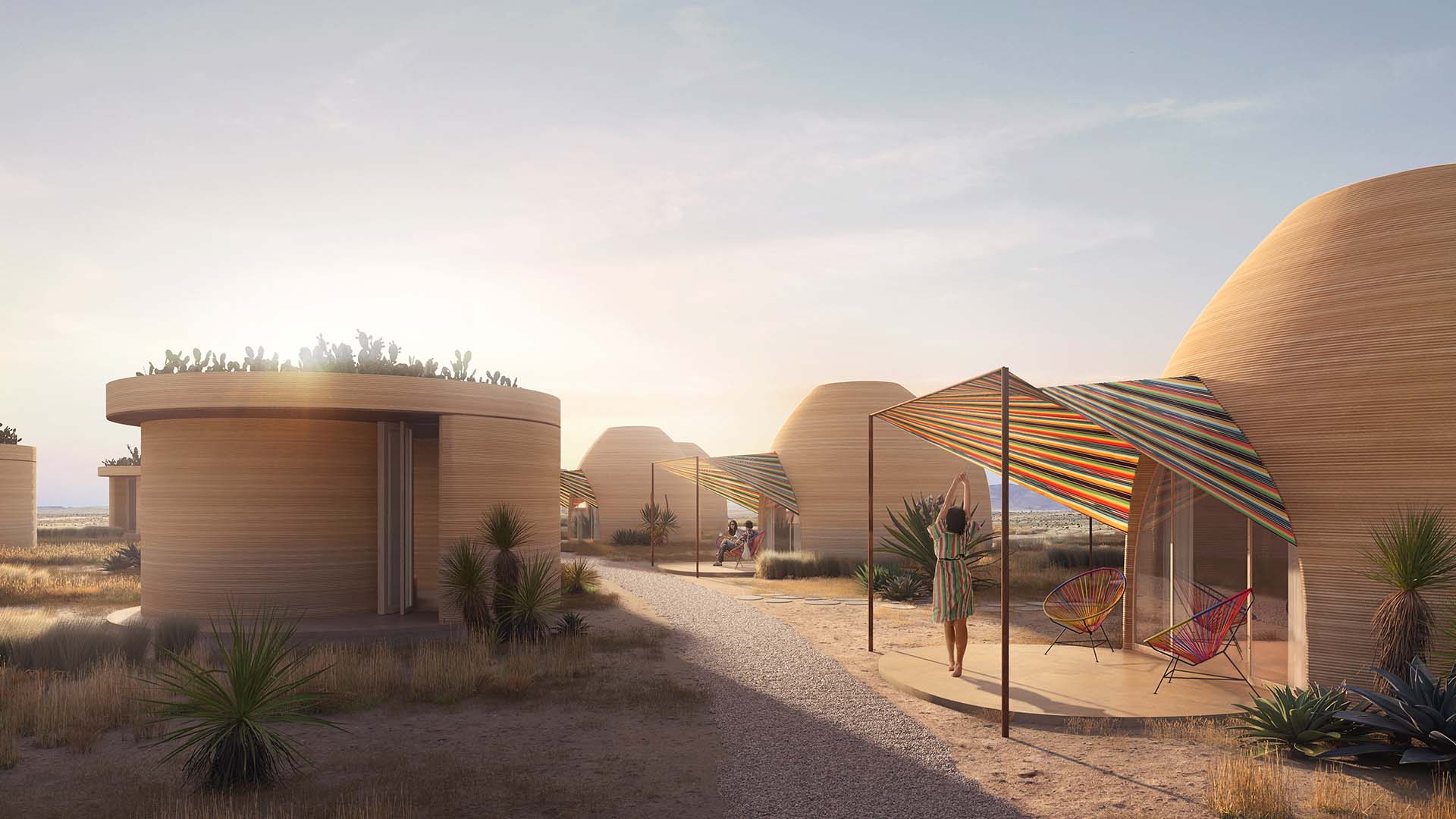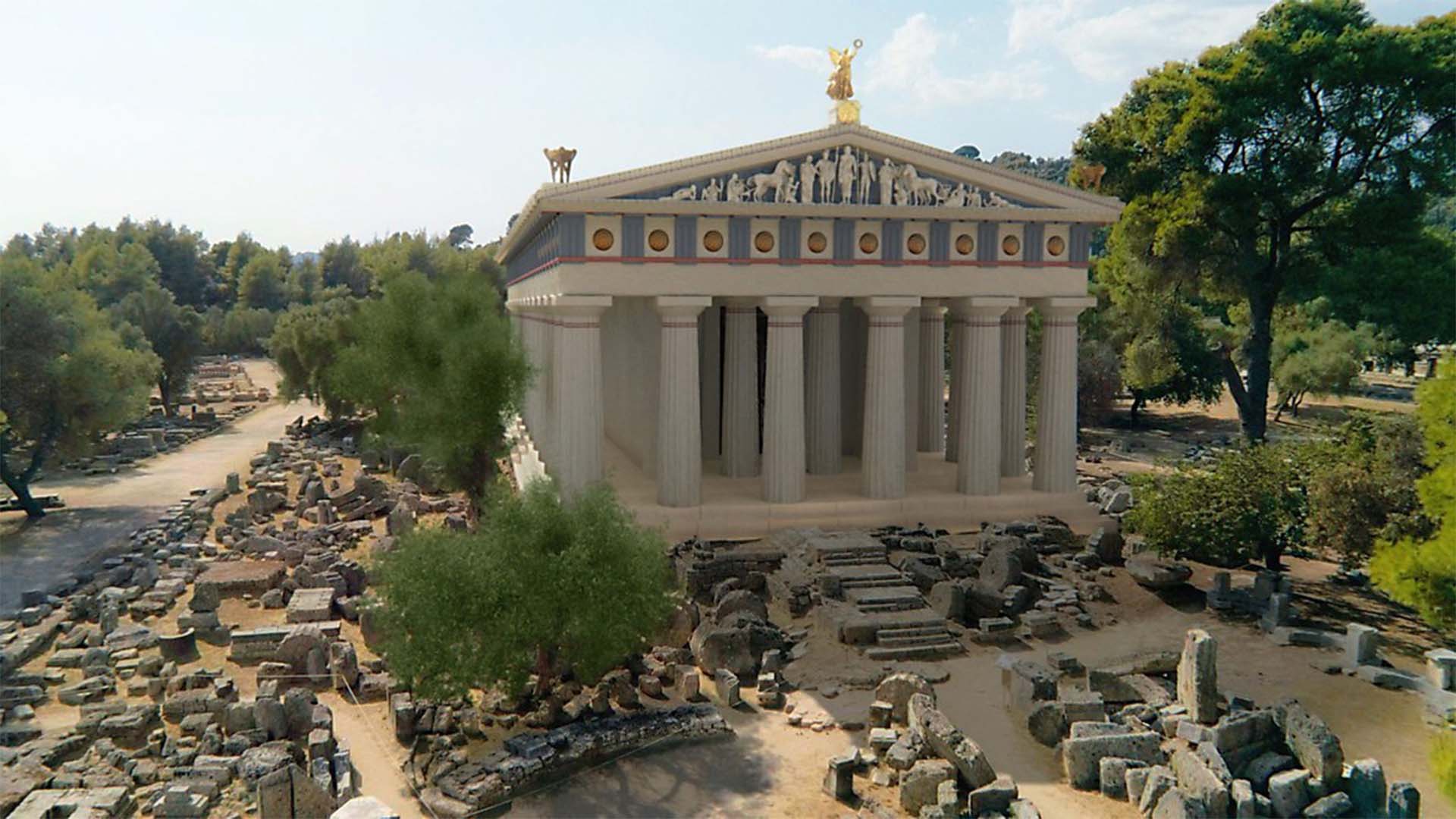More than 2,000 mummified ram heads and a palatial Old Kingdom structure were discovered at the temple of Ramses II, antiquities officials stated on March 25th. The mummified remains were uncovered in the ancient city of Abydos in Southern Egypt, with some dating back to the Ptolemaic period.
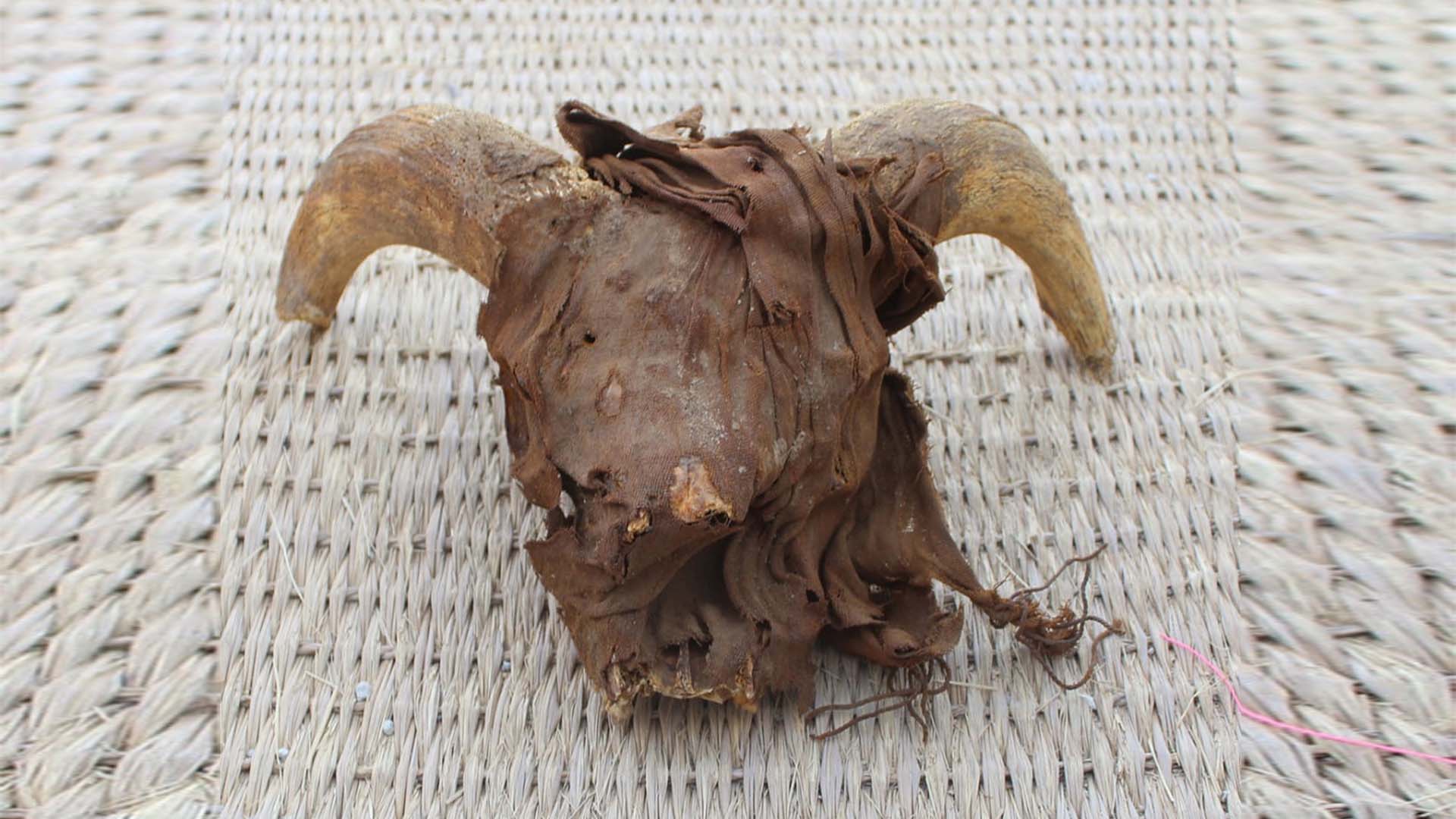
In addition to the ram heads, mummified wild goats, ewes, gazelles, cows, dogs, and mongooses were found in the temple. The ancient animal remains were found in a storage space that was recently discovered in the northern section of the temple. The excavations were conducted by a mission from New York University’s Institute for the Study of the Ancient World.
According to a statement by the tourism and antiquities ministry, these animals may have been votive offerings indicating continued reverence for Ramses II at the site roughly 1,000 years after his death. They also added that the discoveries would expand our knowledge of the area over a period of more than two millennia up to the Ptolemaic period (which spanned from 305 to 30 BC).
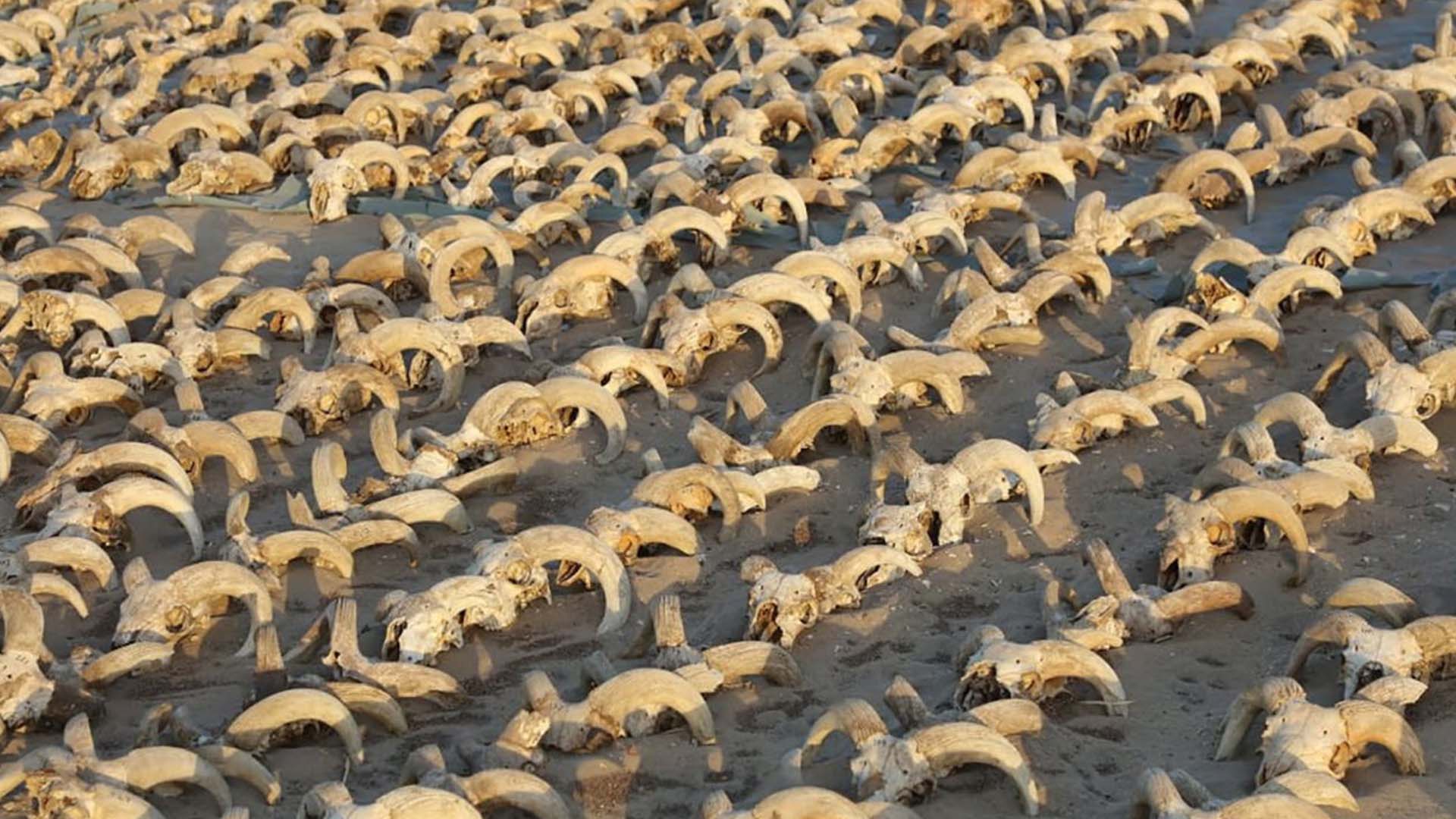
In addition to the mummified animal remains, the team discovered a large palatial structure from the Old Kingdom’s sixth dynasty. The walls of the structure were roughly 16 feet thick and they also uncovered several statues, ancient tree remains, shoes, leather garments, and papyri. Egyptologists and researchers hope that this building’s discovery will significantly aid in the re-evaluation of the Old Kingdom’s activities, architecture, character, and the historical events leading up to the establishment of Ramses II’s temple and its adjoining structures.
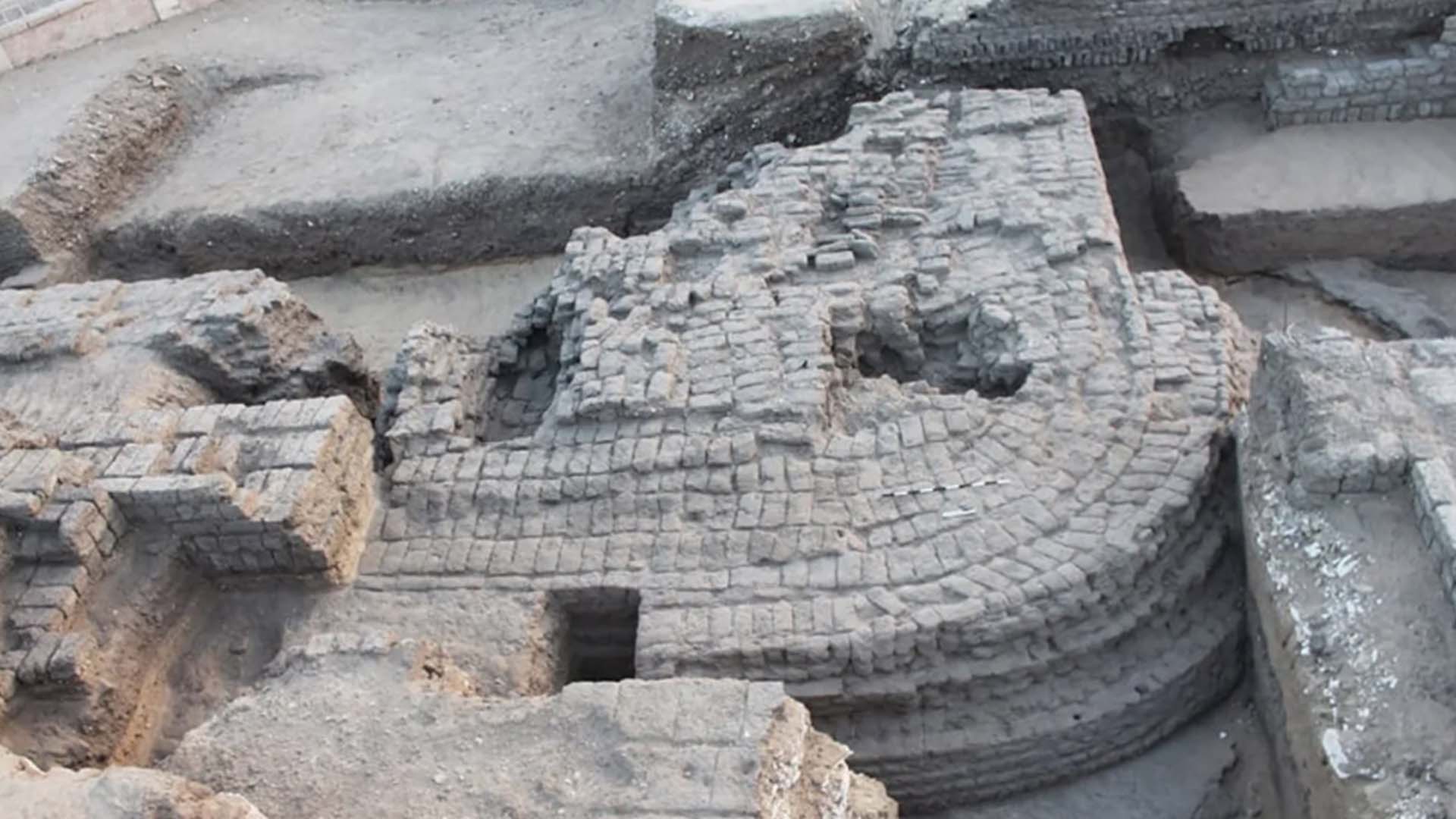
One of Egypt’s lesser-visited archaeological sites, Abydos is located in the Egyptian governorate of Sohag which is roughly 270 miles south of Cairo. Historically, the area was a necropolis for early ancient Egyptian royalty and a center for worshiping the god Osiris. According to the head of the mission, Sarah Iskander, the discovery of the new structure could help “re-establish the sense of the ancient landscape of Abydos before the construction of the Ramses II temple.”


